
 By Eliza Popova
By Eliza Popova
On October 26, Vladimir Putin announced the successful test of the Burevestnik missile with a nuclear engine. Russian propaganda media, in particular the Rossiya-1 TV channel, showed a story about the alleged loading of a missile onto a Tu-95MS bomber at the Ukrainka airfield in the Amur region. At the same time, reports of a launch from Novaya Zemlya, where, according to Russian media, the tests were supposed to take place, caused doubts due to inconsistencies in dates and locations.
Western observers did not record launches on Novaya Zemlya, which casts doubt on the veracity of the Kremlin's statements. OSINT-analysts, referring to the post of "Agentstvo. Novosti" dated October 27, drew attention to the inconsistency in the "Russia-1" story. In the video, the object being loaded onto the Tu-95MS was hidden by a cloth, which makes it impossible to accurately identify it as "Petrel".
Analysts suggest that the missile can be launched from aircraft rather than from ground installations, which changes the perception of its tactical use. However, neither the Ministry of Defense of the Russian Federation nor OSINT sources confirmed this information. Putin's statements provoked a reaction from US President Donald Trump, who called on the Kremlin to focus on ending the war in Ukraine and not on the demonstration of nuclear weapons.
Trump recalled the superiority of American forces, in particular nuclear submarines, capable of quickly responding to threats. Analyst Brandon Weichert emphasized that "Petrel" and the American project "Pluto" have common problems: nuclear engines create significant technological and environmental risks, which reduces their practical value. "Burevestnyk" is a cruise missile with a nuclear engine, 9-12 m long, weighing more than 2. 5 tons, and traveling at a speed of 700-900 km/h.
Its design makes it difficult to place it on the Tu-95MS, which can carry up to 20 tons of weapons. According to The Times of India, the characteristics of the rocket's wings create difficulties for integration. If the launch took place from the Amur region, the distance to the USA is about 4,300 km, to Ukraine - 6,000 km, which makes it more oriented to global rather than regional goals.
According to aviation expert Konstantin Kryvolap, the Russian president is trying to increase tensions by using the rhetoric of a nuclear threat to intimidate the international community. Instead, as the expert notes, Donald Trump is in favor of containing the escalation, recalling the military potential of the United States, including nuclear submarines and Tomahawk cruise missiles.
Kryvolap emphasizes that the state of Russia's nuclear forces is unsatisfactory, which is confirmed by the data of international inspections. "Nuclear weapons of the Russian Federation have lost their psychological effectiveness as a means of intimidation. In an attempt to restore fear of Russian power, Putin resorts to the promotion of new weapons, such as the Oreshnik missile and the Burevestnik nuclear-powered cruise missile.
However, these developments do not have the expected effect on the international arena," the expert emphasizes to Focus. Kryvolap also points out that Putin's attempts to intimidate the world with new types of weapons are part of a broader strategy of escalation aimed at compensating for the weakness of the Russian armed forces. At the same time, according to him, the USA has a clear understanding of the real state of the Russian nuclear arsenal, which allows it to maintain a strategic advantage.
American inspections and intelligence confirm Russia's limited capabilities in this area, which reduces the effectiveness of the Kremlin's nuclear blackmail. The expert believes that "Burevestnyk" is unlikely to be used against Ukraine due to its technological obsolescence and low efficiency. These weapons, he said, are more than 50 years old, similar to aging intercontinental bombers.
"Most likely, Russia can try to demonstrate its capabilities in an isolated region, for example, in the Arctic, to create a propaganda effect, and not for real combat use. The use of such weapons against Ukraine is unlikely, so you should not panic because of these threats," Kryvolap believes. We will remind you that 34 years ago, Ukraine gave up the third most powerful nuclear arsenal, choosing the path of peace and trust in international guarantees.
Now, against the background of the aggression of the Russian Federation, the question arises: was this refusal a mistake? Focus analyzed whether Ukraine can restore its nuclear potential, what resources are needed for this and what consequences it will have for the state in the conditions of modern geopolitical challenges.


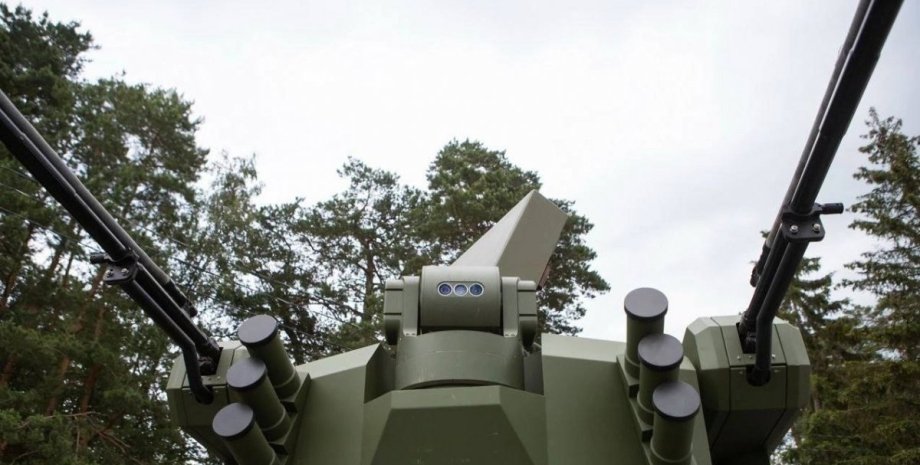
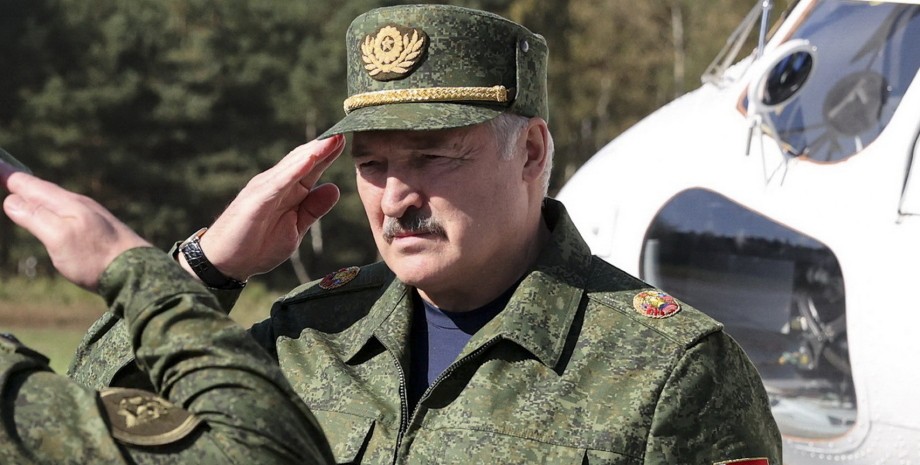
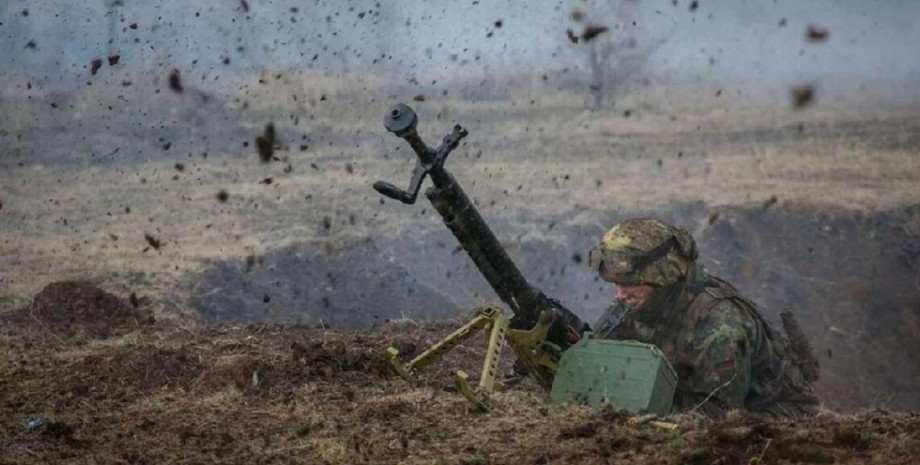

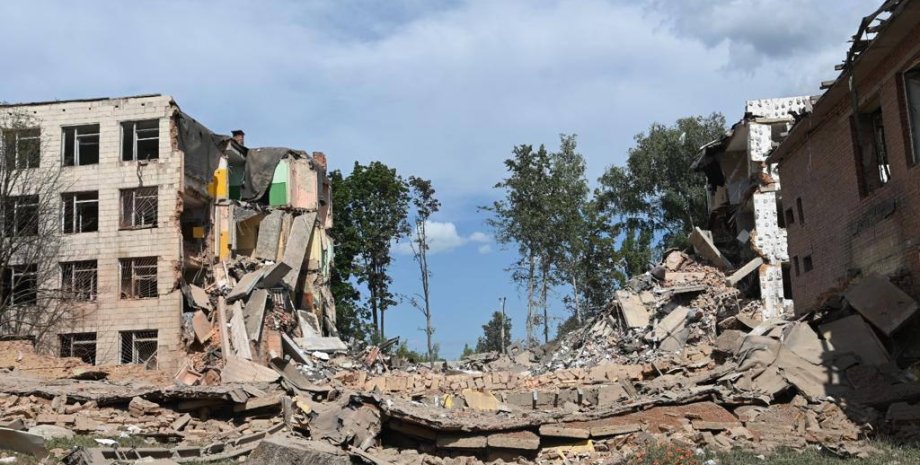
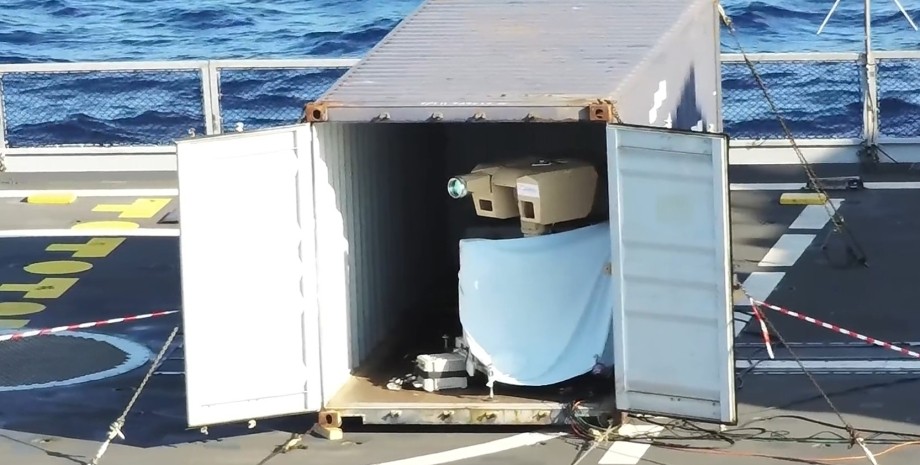
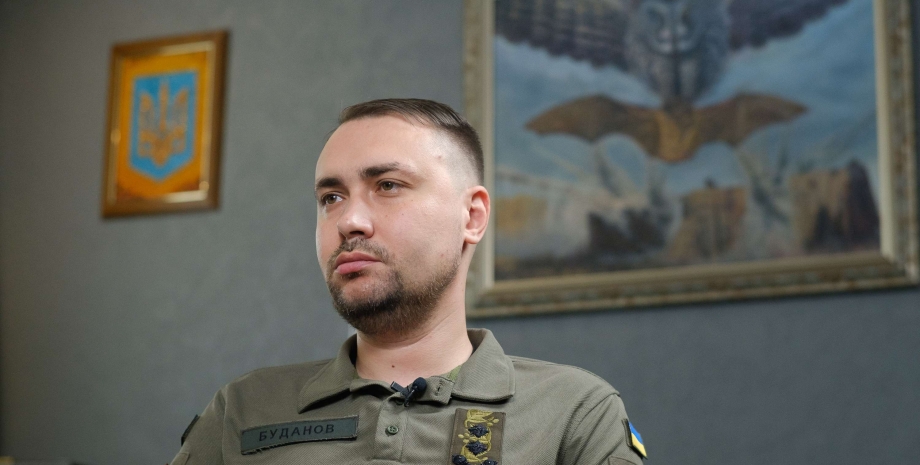
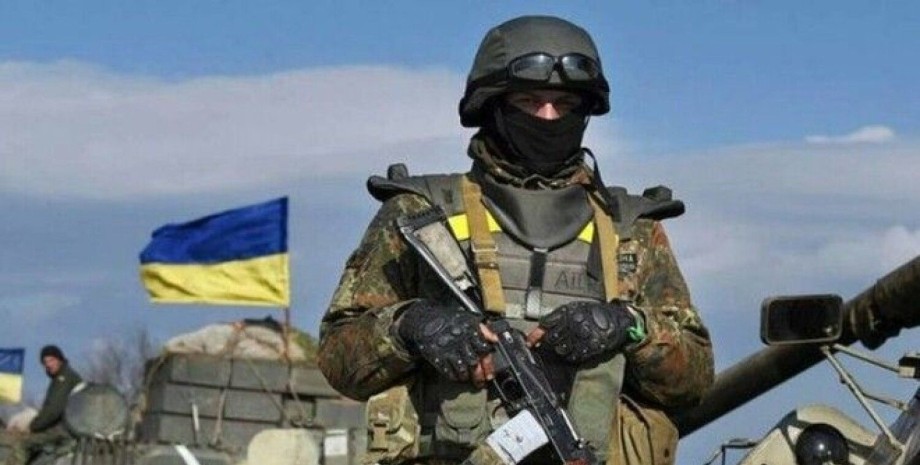
All rights reserved IN-Ukraine.info - 2022